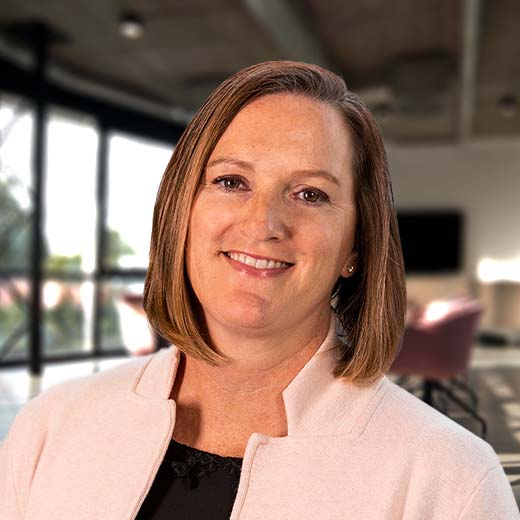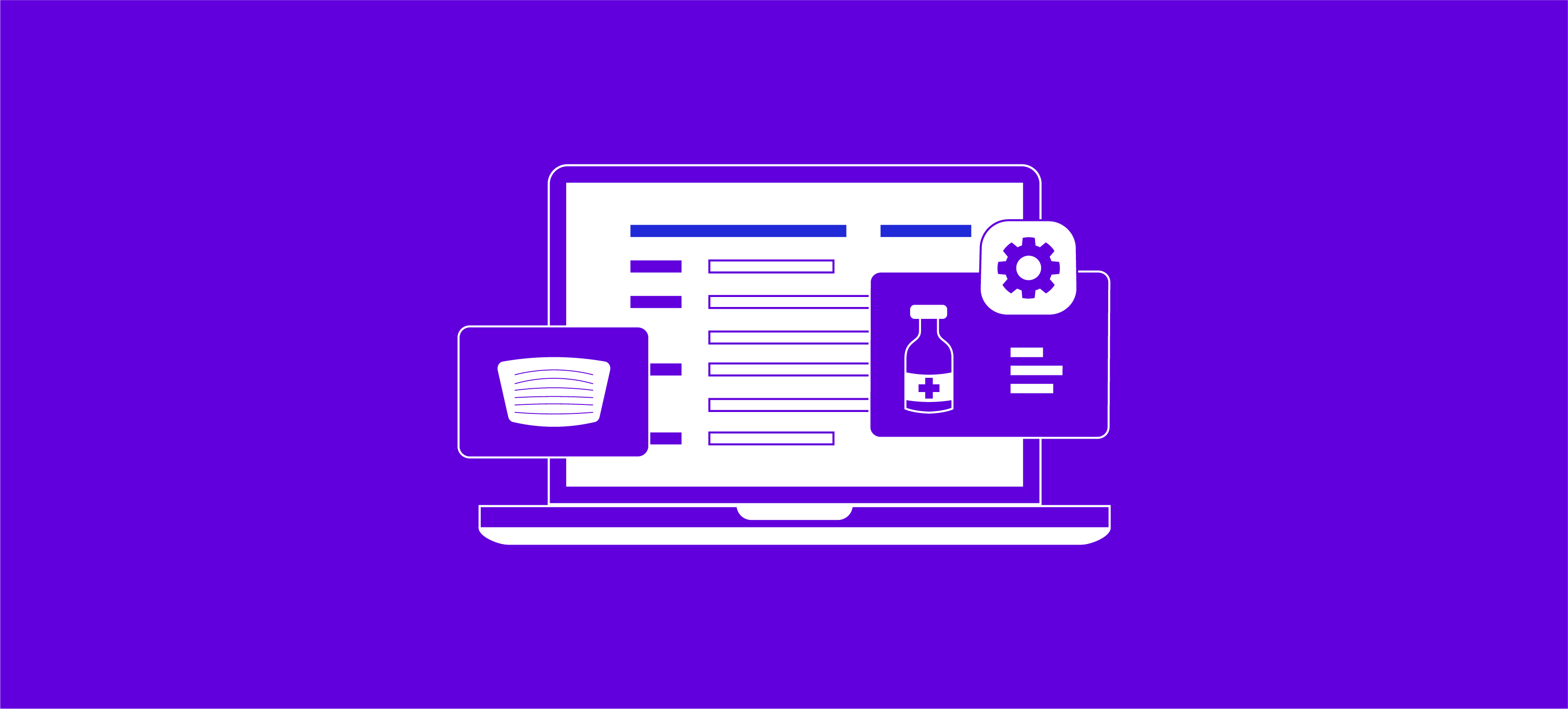Multidisciplinary Collaboration: Healthcare’s Secret Weapon


Clinical collaboration among multidisciplinary teams is essential to provide the best possible patient care. But we can also look at multidisciplinary collaboration as the foundation for the healthcare delivery system of tomorrow.
Just how far-reaching are the benefits of facilitating expert counsel from multiple healthcare disciplines? Such vital collaboration can be healthcare's secret weapon—and it can be facilitated easily with the right technology.
What is multidisciplinary collaboration?
Multidisciplinary collaboration is teamwork among multiple professional disciplines. In healthcare, we also refer to it as multidisciplinary care and clinical collaboration. The practice isn't new but has grown in use as treatments become more sophisticated and an increasing number of clinical specialties are needed to positively impact patient care.
For example, consider the treatment for a cancer diagnosis. Decades ago, cancer treatments began to include more options and physicians no longer used one chemotherapy that treated everything, but were able to select from several types of chemotherapies. As time passed, surgical options, radiation therapy, and then genetic counseling were introduced as essential components of a cancer treatment plan. Next came nutritional counseling and mental health considerations.
The range of treatments, and the clinicians providing them, expanded. But historically, every provider spoke with their own voice to the patient and tended to prioritize their part of the treatment. For example: For a cancer patient, there are multiple viable treatment paths depending on the type of cancer and its stage. Should the surgery come first, or chemotherapy and/or radiation? And the questions would continue. Does the patient need nutrition therapy? Should we get genetic therapy before starting treatment? Physicians were asking questions and making many vital decisions that would have been more effectively made in a collaborative forum with a team centered around a cancer patient.
The same scenarios were happening with heart disease patients: There were genetic counselors involved, nutritionists, cardiologists, interventional cardiologists, heart surgeons, and others. In fact, for essentially every condition, we learned over time the benefits of adopting a team-based approach to medical treatments that put the patient at the center. Today, as medicine advances and new specialties and subspecialties are developed, care teams continue to expand and adapt.
Collaboration creates opportunities
- Save time and costs in patient care by consolidating steps
- Enable reviews of test results in group settings
- Facilitate the ability to line up appointments to review treatments or prognoses one after the other
This passionate belief in clinical collaboration's value inspired the use of technology to facilitate cooperation and communication across multiple channels. Specifically, clinical collaboration platforms started with messaging capabilities and have evolved to include sophisticated role-based and teams-based communications.
Challenges of team-building before clinical collaboration platforms
To begin, communication in healthcare has always been difficult. In-person meetings among stakeholders in a patient's care plan are notoriously difficult, too. Clinicians and staff work shifts, are in near-constant motion tending to patients and administrative work, and may work across multiple locations during a shift. Before the existence of technology like clinical collaboration platforms, you might place a call, get an answering machine, and then wait for the person to get back to you and find you available to hold that conversation.
The days of relying on technology like pagers and answering machines have passed, but without a clinical collaboration platform, a great deal of time is still wasted trying to track down clinicians for answers. You might send someone a text but not know that they weren't on the schedule that day. They might be tied up elsewhere and unavailable to respond. You might often not be reaching out to the right person—but even learning that fact could take hours or days.
All of this inefficiency adds time, confusion, and cost to patient care. And it's hard on the patient, too. When someone is in the hospital, they're already concerned and perhaps even scared while they await answers and guidance. Finding ways to provide the best treatment as quickly as possible meant finding a better way to communicate and collaborate using technology.
How clinical collaboration platforms make a positive difference
Treatment protocols require multiple specialists to weigh in on a patient's case, and achieving such collaboration requires innovation. Consider the example of a breast cancer patient:Technology makes collaboration work
Today's technology makes clinical communication and collaboration in scenarios like the one above almost seamless. Cloud-based clinical collaboration platforms, like Halo Health, now a part of symplr, unify disparate communication modes throughout a healthcare enterprise using mobile devices. The technology provides flexibility and protects sensitive patient data, and makes it convenient for doctors and nurses to send texts via a HIPAA-compliant platform.
Actions such as convening a tumor board for a new patient, reviewing scans and test results—and even collaborating virtually as a team can be accomplished as part of a regular busy daily shift. For example, role-based and team-based messaging means that a clinician can send a message, text, or test result and know that it will get to the right person at the right time—immediately. Hospitals are using this technology to streamline communications and workflows and simplify processes so that doctors and nurses can collaborate easily using real-time patient data, no matter when they are working or from what location.
